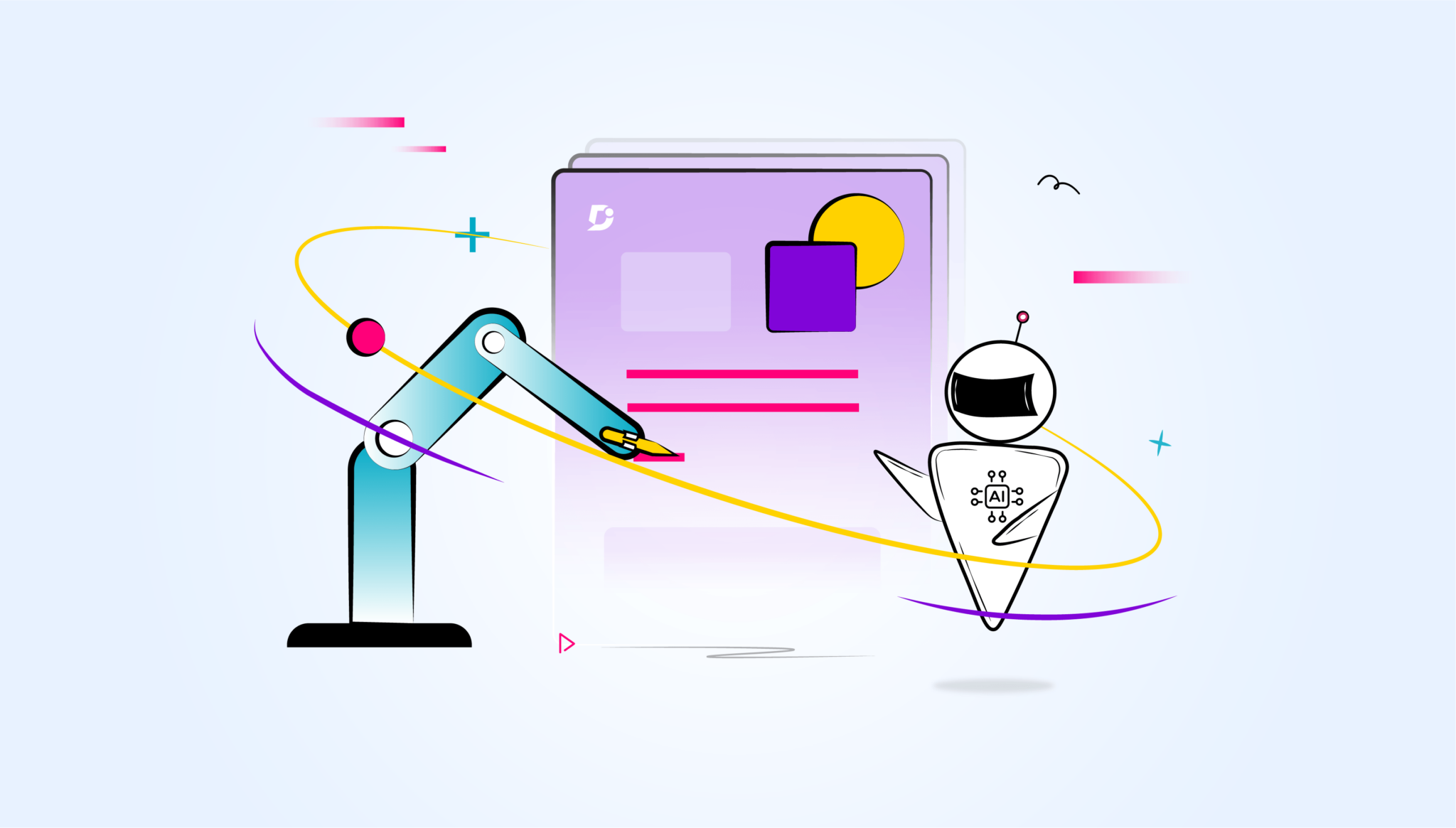Technical Writing Guidelines to Create AI-Friendly Content
 Ragavi S P
Ragavi S P
The widespread adoption of artificial intelligence is fundamentally changing how people engage with information. Technological advancements, including Generative AI tools like ChatGPT and Bard, are reshaping the behaviors of content consumers. This shift is characterized by the following patterns:
Increased efficiency in task completion
On-demand access to documentation across various devices and formats
A strong demand for accurate and reliable answers
As a result, technical communicators are facing new responsibilities. They are now tasked with ensuring the accuracy and trustworthiness of information delivered through Generative AI tools. Integrating these tools into existing knowledge bases presents an opportunity for organizations to enhance customer experiences. However, it also requires a thorough review and adaptation of content to align with the characteristics of AI-based agents, such as chatbots, assistive search, and Q&A bots. The responsibility of maintaining digital trust through these tools cannot be overstated.
Characteristics of GenAI-based agents
If your customers are utilizing ChatGPT-like assistive search, and your existing content is not tailored to accommodate the characteristics of GenAI-based agents, it is high time to conduct a content audit. The underlying content must be GenAI-friendly to ensure that it serves your customers with trustworthy responses. The GenAI-based agents are text-hungry thus underlying content must be as explanatory as possible. More importantly, the underlying content must be written in a conversational style in a more generic persona. Guidelines to write content for GenAI-based agents are evolving. The technical writer’s community is also suggesting various tips for improvising the existing content. Let’s look at some of the emerging guidelines to produce GenAI-friendly content.
Also Checkout: How Technical Writers Can Utilize ChatGPT?
Top 8 Guidelines to Create GenAI-friendly Content
Writing content that is easily understood by GenAI-based agents involves incorporating clear language, structured formatting, and adherence to some specific guidelines. These guidelines are listed below:
Guideline #1: Write elaborate content
Rather than choosing brevity for your content, write the content as explanatory as possible. Elaborate content with more information that helps GenAI-based agents get a holistic perspective of the topic covered in your article. Use simple English words to write content rather than bombastic words. This helps in assimilating content and helps to answer your user queries. E.g. For this getting started article from Airtable is about a 16-minute read.
Guideline #2: Create FAQs for each article
Create at least 5 – 10 FAQs for each article content. The questions for these FAQs can be sourced from the customer support team, customer success team, sales team, product team, and so on. These FAQs help with quick retrieval of information for GenAI-based agents to produce an accurate response to their queries in a short period. Here is an example of writing FAQs.
Guideline #3: Use consistent business terms
Use consistent business terms across your knowledge base. The common definitions of business vocabulary help large language models to understand the context better. E.g. if you are using terms such as clients, customers, users, and stakeholders synonymously but they have different business definitions, GenAI might get confused as the “sentence similarity” between those terms is very close. GenAI-based might produce inconsistent responses if those terms are used in the customer’s questions. Here is an example of a business glossary built with a list of all terms that are consistently used across all knowledge base articles.
To read the full blog post: Creating AI-Compatible Content: Guidelines for Technical Writing (document360.com)
Subscribe to my newsletter
Read articles from Ragavi S P directly inside your inbox. Subscribe to the newsletter, and don't miss out.
Written by



